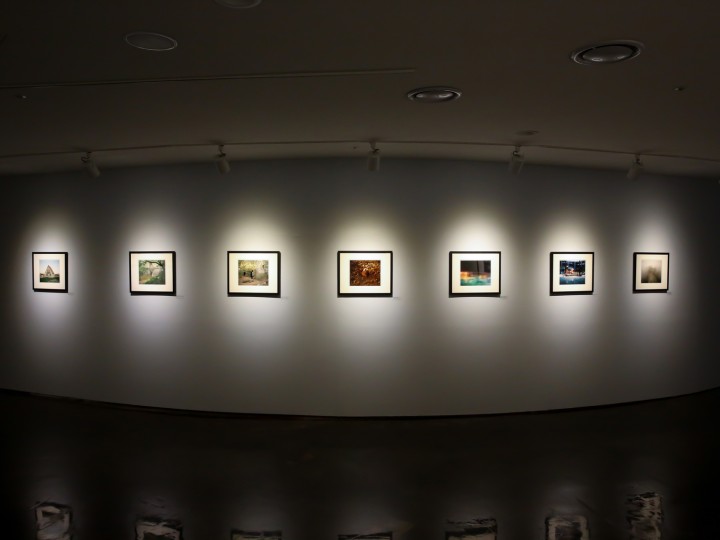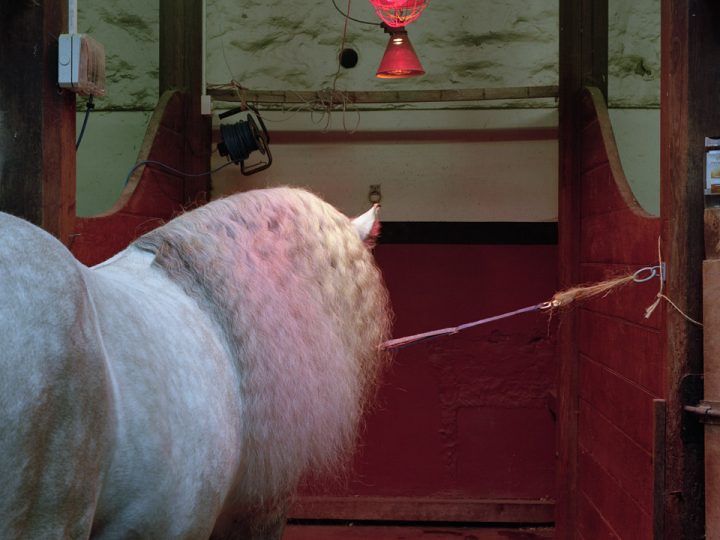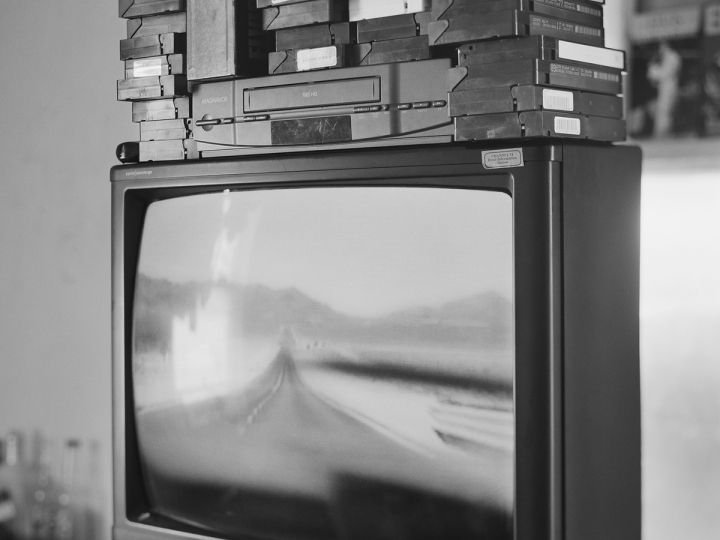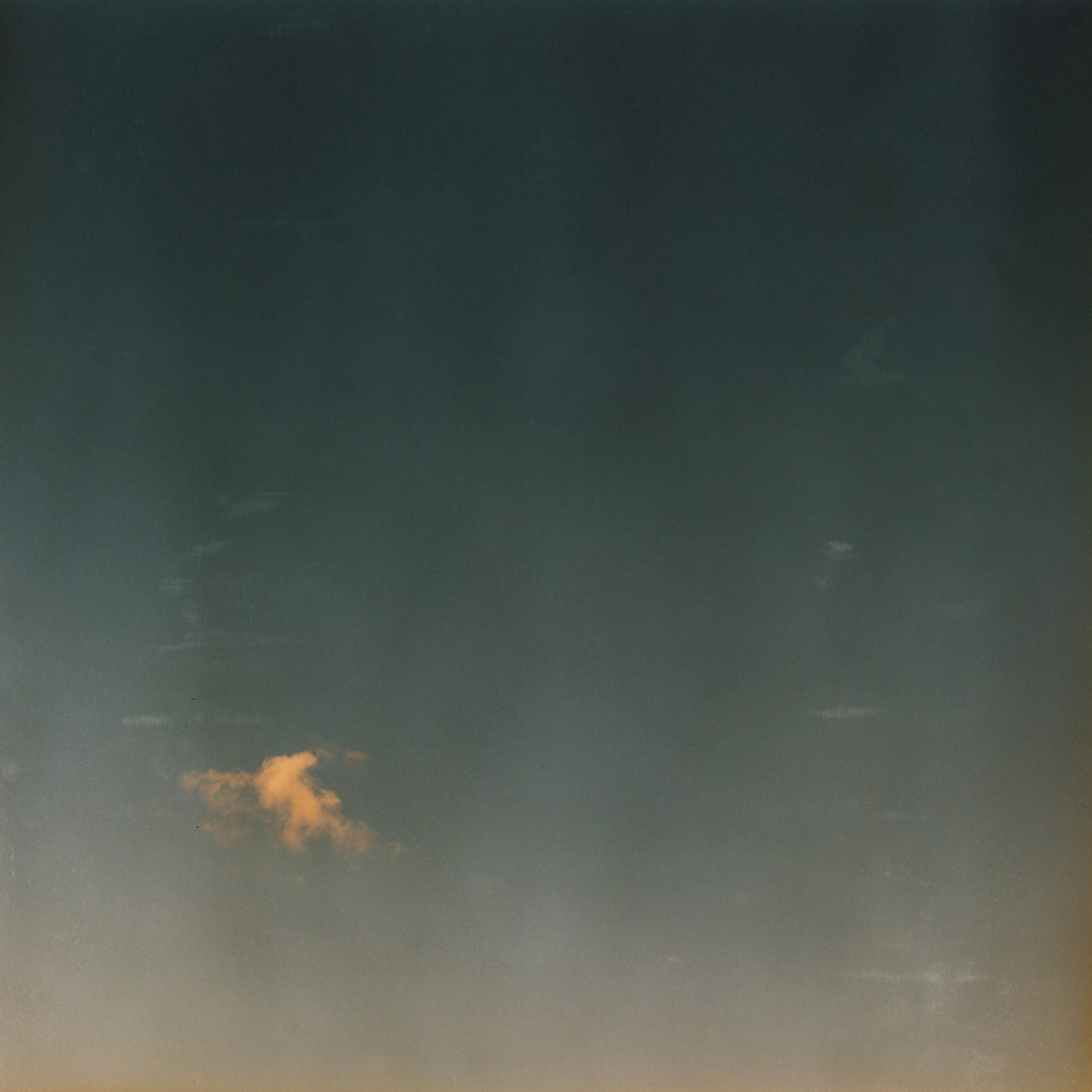
FotoFilmic: Your work is soothingly beautiful and resonates with an elusive, fragmental yet artistically very cohesive way: at times experimental and conceptually focused, all your series however leave the viewer with a sense of material intimacy with subjects often as elementary as parched paper, centennial leaves and grasses, algae or frozen water. It seems that in your work you like to call the essential substrate of things into photographic elegy to create clean, vibrant and seductively monochromatic memories of an inward Nature. Can you explain a bit how you came to photography in creating these new landscapes of being?
Heidi Romano: Thanks so much for your lovely intro and sorry it took me so long to answer these questions.
I remember two incidents that happened very close together. One – I photographed a chair leg and was trying to make it more abstract. When the print came back I did not recognize the image and had no idea what it was…. It was a blurry image and looked like a sunset – it took me a while to figure out my own image. Moment two was my first macro experience, when I discovered worlds of landscapes within frozen water. I think both of those moments set me off on a new direction. Before that, I always had a “wider” view of the world, but once I stepped into those close-ups, there was no going back. I found something that had me glued to the viewfinder, searching, looking, and hoping. I could no longer stand back and look at the whole picture anymore. I was more interested in what lay underneath. What was hidden, what most people did not see. Sometimes I held my breath looking for that presence of mind, for that tranquil moment where everything came together – a calm balance – a silence.
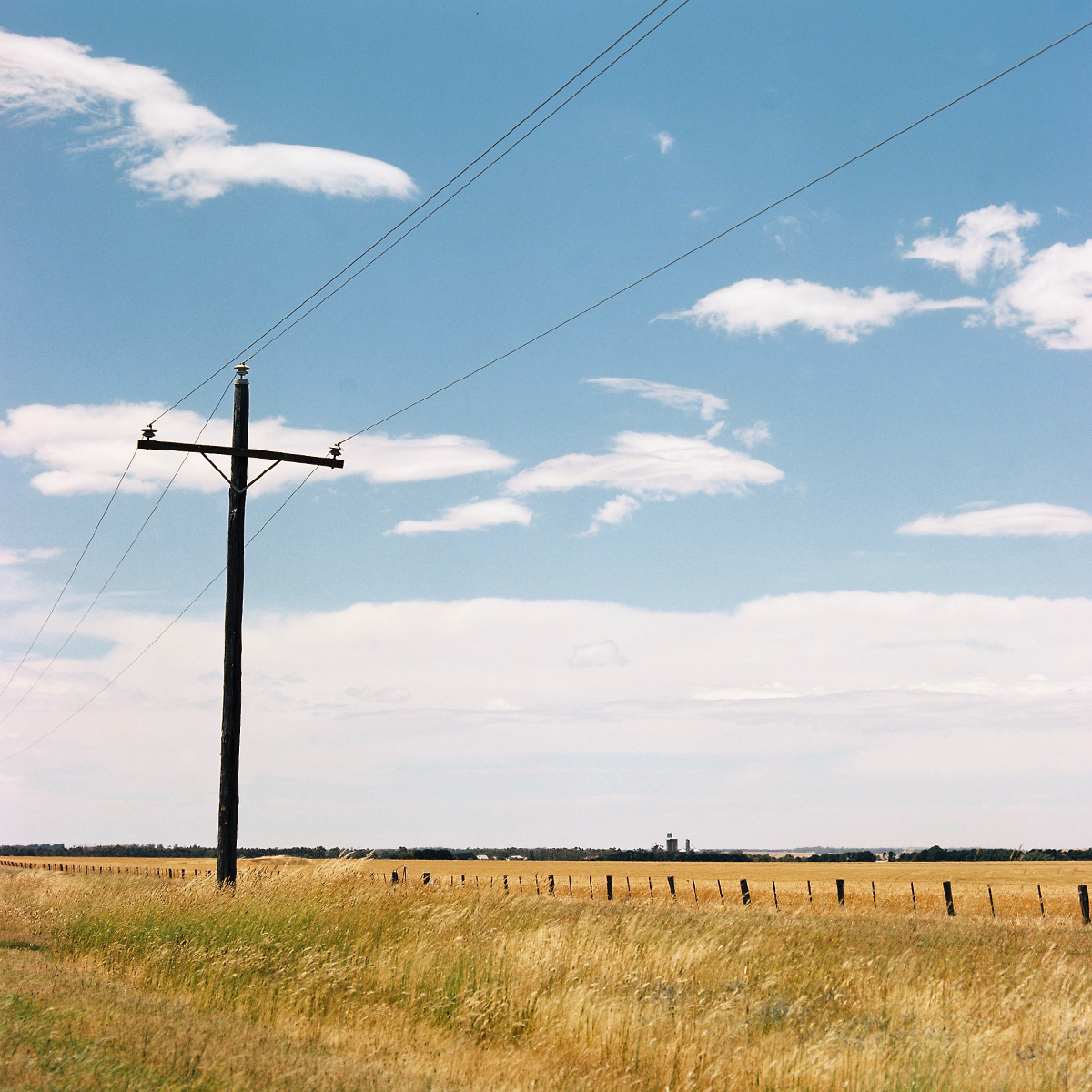
FF: You started working in photography in the mid’ 1990s at a time film was the dominant artistic medium: are you still working primarily on film, and have your photographic practices changed since then?
HR: About five or six years ago I bought my first digital camera, but last year decided it was time to go back working primarily with film again. Its funny, I never wanted to get into digital photography and avoided it for as long as I could, but there came a time where my funds were so low that I could not afford to purchase film for much longer. So digital seemed the only way to continue working and exploring without the cost of film, developing and scanning. Personally I discovered that the complete digital process does not suit my projects and that I am happier working with film and in a darkroom. Its funny, I think I knew all of this beforehand, but had to try it anyway. I have to confess that I work very slowly and now, working with film again, even slower. There are times when I can not wait to have the film developed and i want it back straight away, but other times I also like the anticipation of putting the film in a box and forgetting about it. Sometimes it can take me six months to get those rolls developed. And when I finally do, I can look at them with fresh eyes.
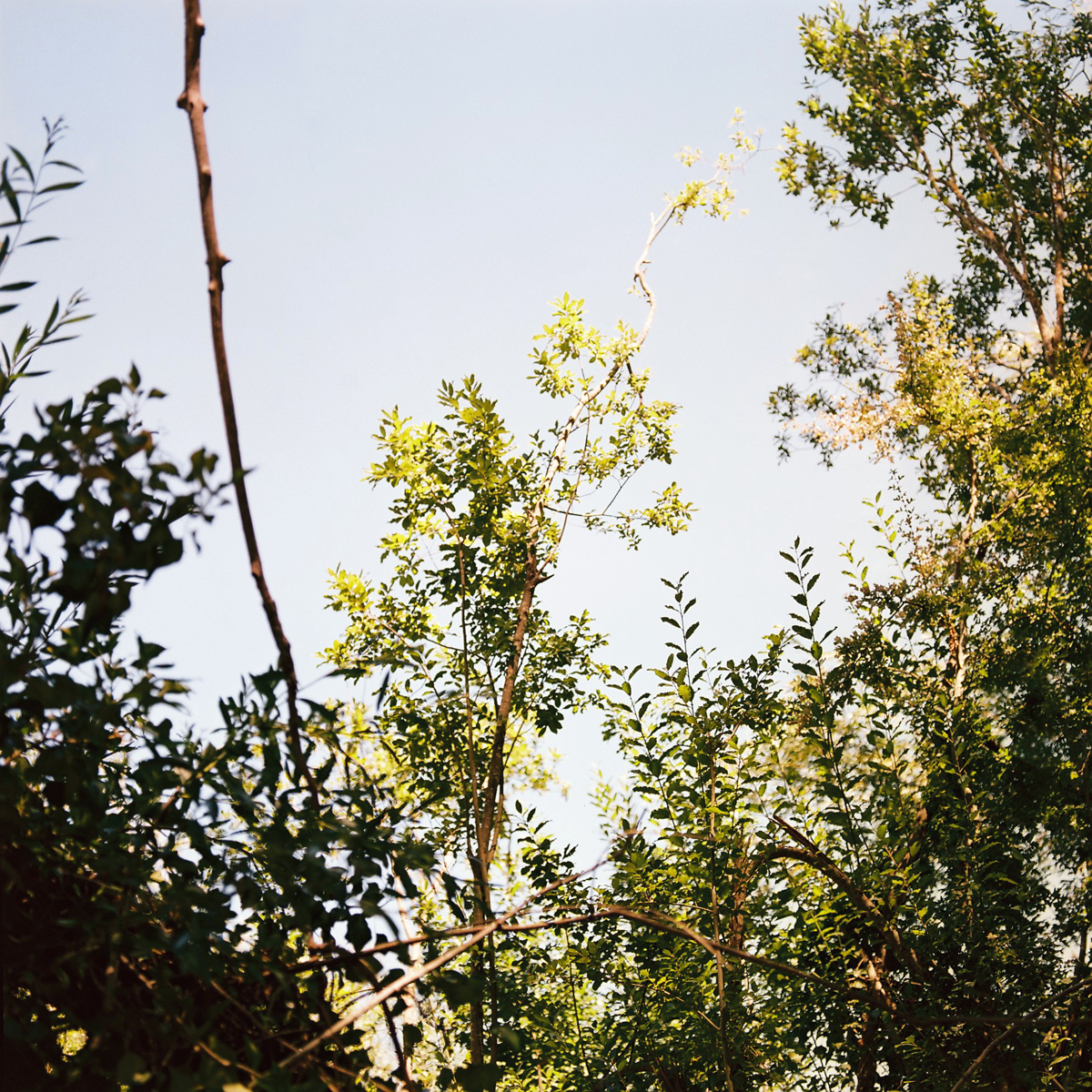
FF: Do you photograph digitally as well? If yes, what’s your rationale for it?
HR: While most of my ongoing projects are on film these days, I am currently also working on a “new” project where I use my iphone to make the images. Some of those images are then instantly shared on instagram. The second part of this project involves the darkroom and carbon printing. A bit of popular culture combined with history.
This project is about pictures and remembering. Of being a false witness and geography, about popular culture (instagram) & history (using carbon printing invented by Alphonse Poitevin in 1855), about tales and discovery. It is the record of “Places I have never been”.
It is a tale about time travelling and not going anywhere. When time stands still and a search for landscapes takes place. A balanced reflection on the past and the present. Blurring the line between fact and fiction, history and contemporary times. Taking images that could be anywhere, and altering time frames. “Places I have never been” is a non-linear photographic narrative, where personal and historic time overlap and co-exist. These days I am interested in a process and how we can change an image after it has been taken. Yes, people can change it in photoshop, but I am more interested in how these images can change when we use a process that was developed over 100 years ago. I am curious to experiment with alternative processes and bring the darkroom alchemy into the digital realm. Take something from this digital era back in time to the darkroom and vice versa. What would those early pioneers photograph today?
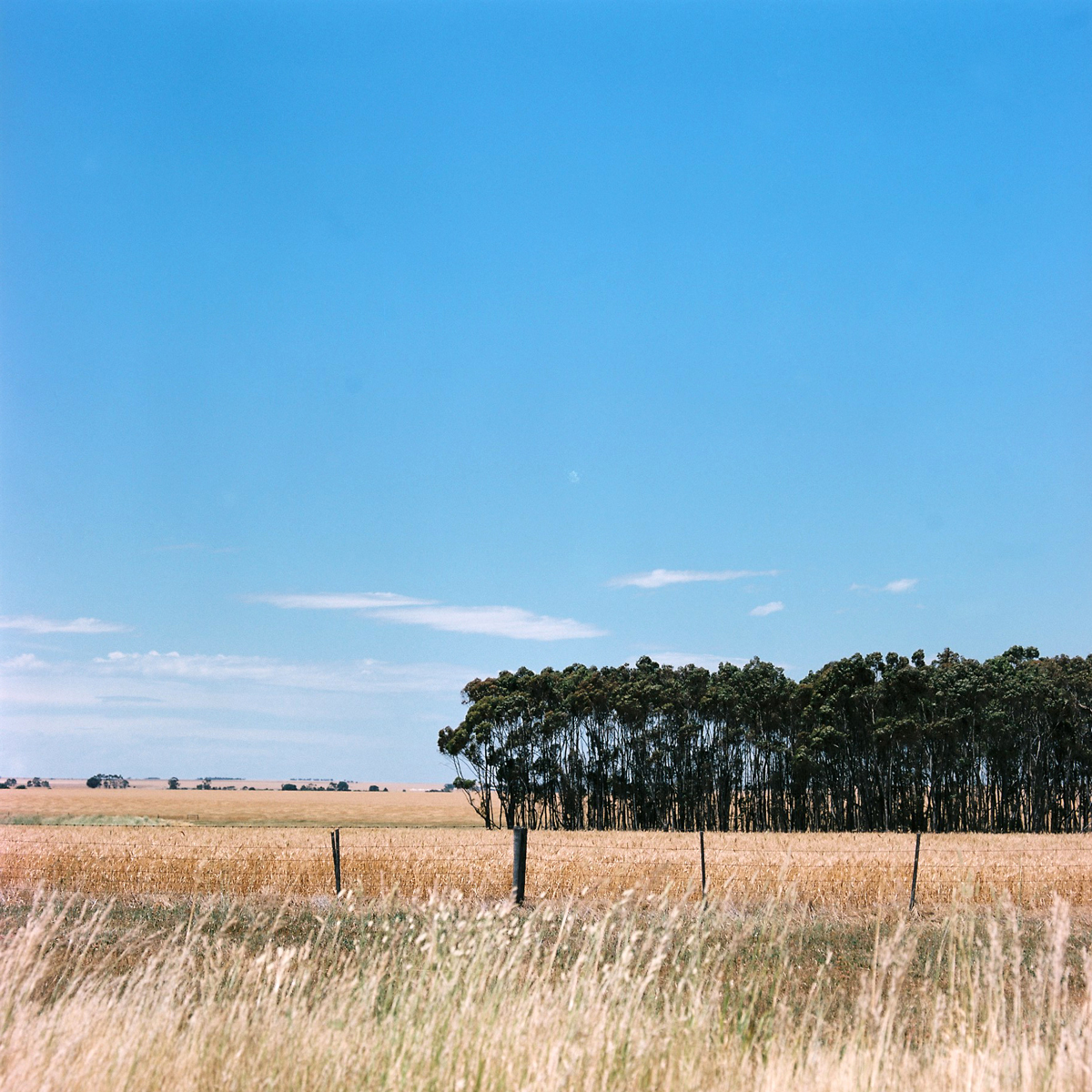
FF: You also are the founder and curator of UNLESS YOU WILL (UYW), Australia’s online photography magazine of reference dedicated to emerging fine art photographers: what essential advice or recommendation would you have for the new generation of photographers discovering or rediscovering the film medium today?
HR: I do not think it matters these days if a project was taken on a digital camera, a lomo, 35mm or 8 x 10. I think what is most important is what you do with those images. I guess it comes down to personal curiosity. Most schools do not have any darkrooms available and I know a few students who do not even know how to insert a film…. tsetsetse
Always remember – digital is only one side of photography. Sometimes it helps to experiment with different cameras and try out different films instead of just using a filter overlay. Sometimes shooting that project with a 4×5 or polaroid might suit the project better then just straight digital.
FF: As an experienced photo editor reviewing many new photographic works every week for publication, do you still see a lot of film photography? And do you take into consideration what process the photographs that interest you might come from?
HR: Haha, you have no idea how often I try to guess if a project was done on film, or just clever use of digital. A few UYW issues ago I asked all of the participants film or digital – and 9 out of 10 projects were done on film.
FF: You are based in Melbourne, Australia: how is the film photography industry doing? Are photographic labs and analog photography stores still present there?
HR: Almost 4 years ago I moved to the country (1.5 hours from Melbourne), as not much was happening in Melbourne in terms of photography. A lot of small businesses unfortunately had to close their doors (another reason why I went digital, as my preferred shop also closed). While rents were skyrocketing, their client base was getting smaller and smaller as everyone explored and jumped on the digital bandwagon. These days I can happily say that Melbourne photographers love their film and we have darkroom facilities along with great people who believe in film.
Strange Neighbour Gallery and darkrooms for hire
http://strangeneighbour.com/darkroom/
Hillvale – Photolab
http://hillvale.com.au/
Gold Street Studio – Workshops and gallery
http://www.goldstreetstudios.com.au/
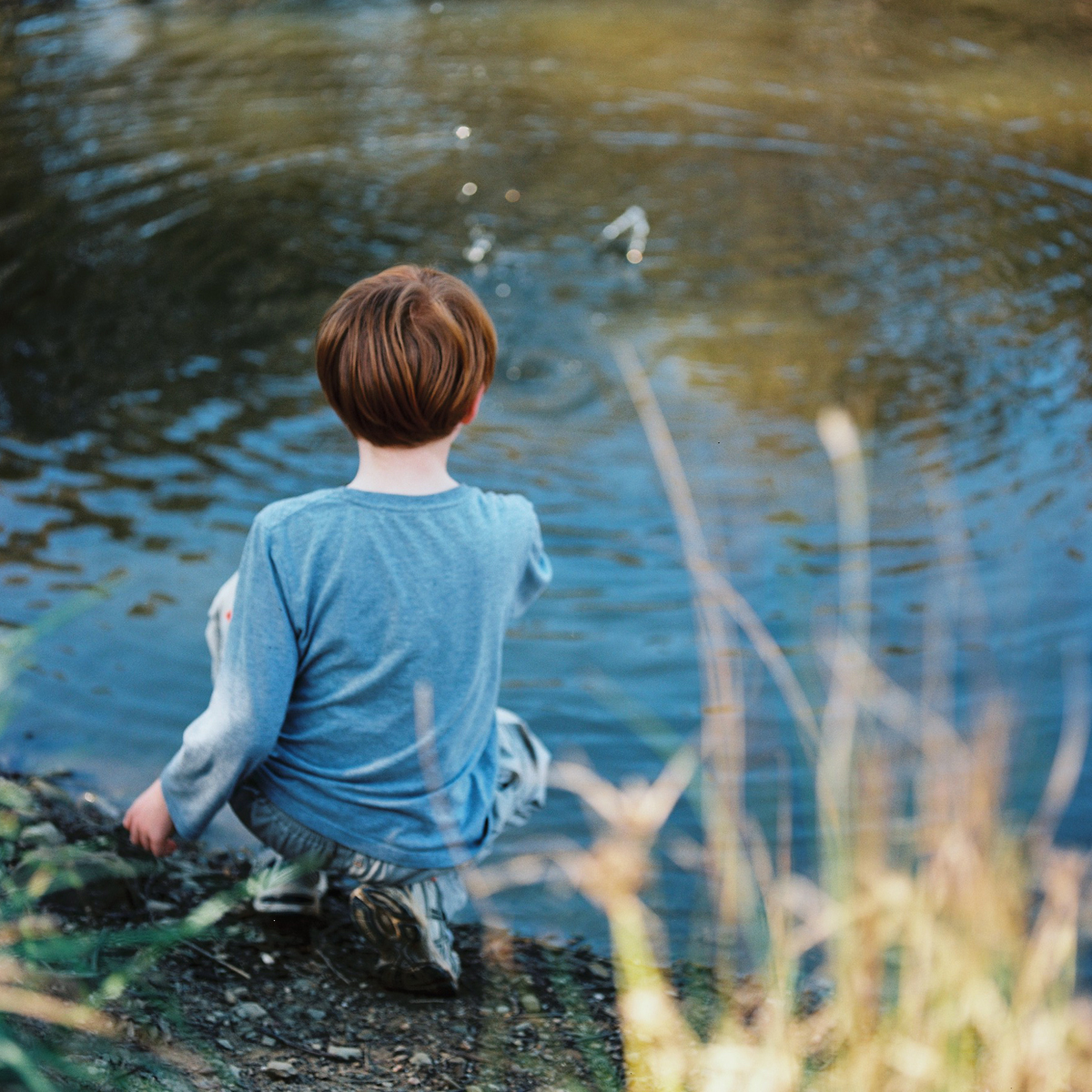
FF: What have you been up to recently? Any recent achievements, projects, news?
HR: For the last couple of weeks I have been absolutely obsessed with my “Places I have never been” project. For this project I have learned a bit about the Carbon Printing process and as of May I will be back in the darkroom exploring ways of printing these images. As of July, I will also start a new & exciting UYW initiative in the Asia Pacific Photobook Archive space (http://photobookarchive.com/ ) – stay tuned.
FF: If anything was possible, what would be your next ultimate project photography-wise (or else)?
HR: Who doesn’t love a sentence beginning with “If anything was possible”…. For the last few years I have been dreaming of running a photo festival and with a bit of luck (fingers crossed) we will be able to sign on our first partner this week. So with more luck, hard work and a lot of money falling from a truck, or funding (the chances of each are probably about equal) – there will be a Melbourne International Photobook Festival in February 2015.
“If anything was possible” I would design more photography based artists books, curate exhibitions, travel more and find a lovely gallery to exhibit my project “Places I have never been”.
© All photos by Heidi Romano
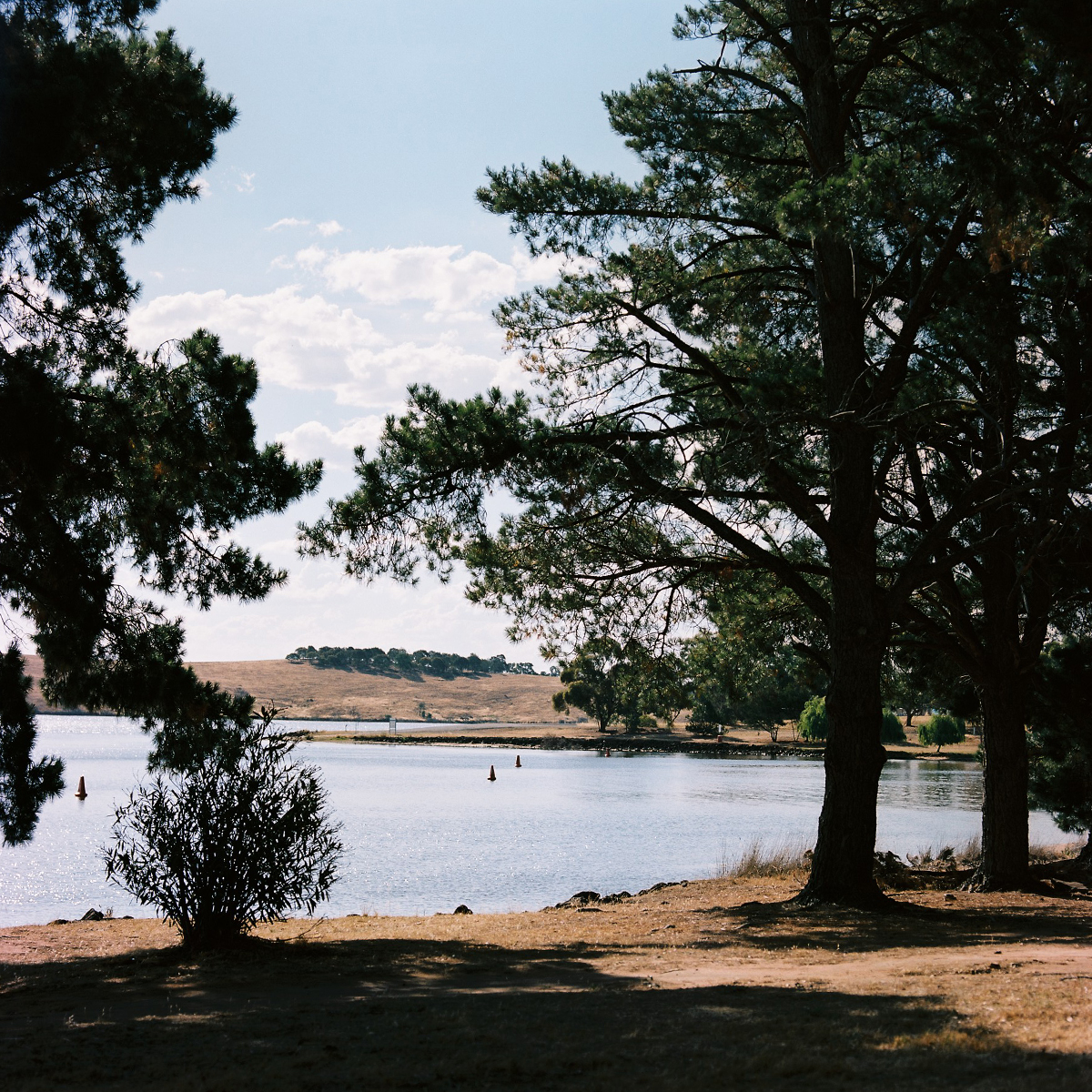
___________________
FotoFilmic’s new FILM TALKS series is all about sharing experienced views, artistic endeavors, industry outlooks and how to reshape the contemporary practices at the center of the film photography medium today. FILM TALKS invite advanced artists, independent publishers, photo editors and art dealers, as well as the broad creative crowd of visual arts to engage in insightful dialogues with FotoFilmic about film photography in all aspects.
